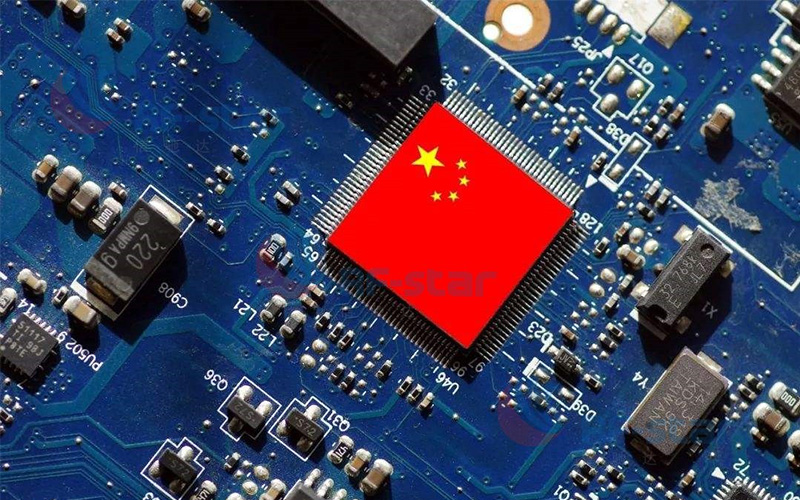By the end of 2019, 4.54 billion people worldwide have access to the Internet, accounting for nearly 60% of the global population. As the development of Internet information technology, more and more people communicate through smart terminals. The user's requirements for network transmission continue to increase. The content of information transmission has evolved from the original image and text information to video transmission, and the transmission scenario has expanded from people to people, people to things, and to the Internet of Things.

With the increasing requirements of data transmission in wearable devices, location services, smart home, industrial Internet of things and other scenarios, as for the wireless connection devices, when ensuring their long-term operation and stable data transmission, reducing power consumption as much as possible has become an urgent demand in the market.No matter in the field of traditional consumer electronics or industrial business, Bluetooth plays a very important role in wireless transmission. Classic Bluetooth was the main audio short-range wireless communication method at the time. However, due to the high-power consumption of the classic Bluetooth headsets, speakers and other devices, the application of Bluetooth technology has great limitations.
In 2010, the emergence of BLE4.0, a low-power Bluetooth technology, solved the problem of high-power consumption of wireless connected devices. The Low-power technology has made the Bluetooth market grow madly, and various Bluetooth chip manufacturers compete with eachothers to launch their own low-power Bluetooth chips, making the Bluetooth chip market a prosperity situation.
The following mainly introduces the development history of three BLE chip manufacturers: Texas Instruments (TI), Nordic Semiconductor, and Dialog.
The first year of BLE 4.0 TI gave a preemptive strike

Shortly after the emergence of Bluetooth Low Energy 4.0 technology, TI's first star products supporting Bluetooth 4.0, CC2540 and CC2541, were quickly launched. With the advantages of strong technical support, easy development, and low R&D threshold, they quickly seized the Bluetooth Low Energy market and occupied a very high market share. CC2540, CC2541 adopt 8051 core, 256 KB Flash, the core computing powercan realize data transparent transmission, PWM light control and other functions.

Dialog company focuses on ultra-low power consumption and ultra-small size chips. In 2013, it launched the DA14580 chip, which quickly promoted the implementation of health management---bracelet applications and seized a large share of the bracelet market.
DA14580 adopts 16 MHz 32-bit ARM Cortex-M0 core, with 84 KB ROM and 50 KB RAM. It can support common functions such as step recording and timing used in the bracelet. The internal OTP ROM, has one-time programmable capability, and is suitable for applications requiring certain flexibility and low cost, especially the electronic product bracelet, which is continuously renovated and needs rapid mass production.

When DA14580 was launched, it created three world firsts: the world's lowest power consumption, the world's smallest package, and the first BLE SOC integrated with Balun circuit. These characteristics make DA14580 as easy to promote in the bracelet market. With enough computing power and the smallest package, it can be easily placed in the bracelet, so that Bluetooth technology can be used in the most space limited bracelet. Bluetooth Low Energy technology makes the bracelet have good battery life. Under the same DC-DC power supply, fewer peripheral circuits are required, and the cost is reduced accordingly. DA14580 quickly occupied half of the bracelet market.
The nRF51822 launched by Nordic in 2012 supports BLE 4.0, uses the ARM Cortex M0 core, integrates 256 KB Flash and 16 KB RAM. Nordic's nRF51822 also performs well in the bracelet market. At that time, nRF51822 was used to develop the bracelet in China, the most representative of which was Baidu Bracelet - Codoon bracelet, the first portable wearable device developed by Baidu. The code and hardware schematic diagram are fully open-source, which attracts a large number of developers to develop and debug. For the low-cost market, Nordic subsequently launched a cost-sensitive nRF51802compared with nRF51822.
In the era called "The first year of BLE4.0", TI took the lead in releasing CC2540 and CC2541 to seize most of the BLE market, and Dialog quickly seized the bracelet market with its ultra-low power consumption. Nordic's BLE chip performance was mediocre.
The first year of BLE 4.2 Nordic became the ace in the hole
In 2014, Bluetooth 4.2 was released, which not only improves the transmission speed by 2.5 times, but also has higher privacy, and can connect to the network through IPv6. In 2015, TI launched CC2640 chip supporting BLE4.2, and introduced SimpleLink microcontroller platform for the first time, providing a variety of wired and wireless ARM® MCU product series in a single software development environment, providing flexible hardware, software and tool options for IoT and automotive applications, and setting new standards for developers. The CC2640 chip uses an ARM Cortex M3 core + M0 core. The M0 core is used as a sensor controller chip. Sensor controller preprocesses the collected data, and the data exceeding the preset threshold value will weak up the main CPU for processing, so as to reduce the power consumption of the main CPU as much as possible, thereby reducing the overall power consumption of CC2640. However, the 128 KB Flash is too small to develop more complex applications, CC2640 basically missed the bracelet market.
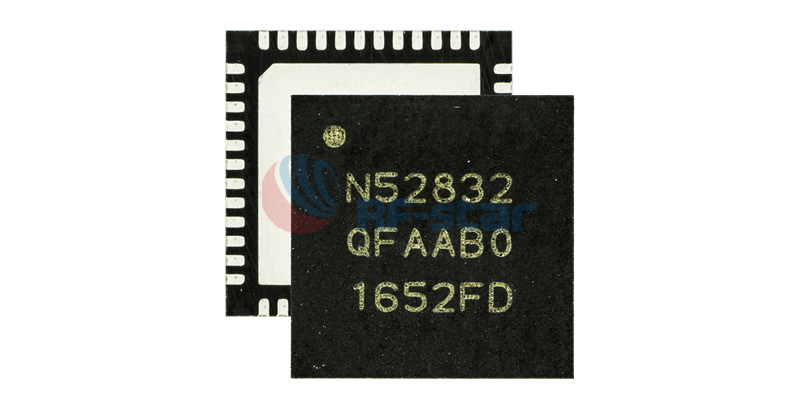
The nRF52832 uses an ARM Cortex M4F core with floating point arithmetic, 512 KB Flash, 64 KB RAM, and the core performance and memory capacity increase exponentially. nRF52832 is also the world's first BLE chip that supports parts of Bluetooth 5.0 functions. The communication rate and range of Bluetooth 5.0 are greatly improved compared with Bluetooth 4.2. The introduction of nRF52832 completely disrupted the pattern of the Bluetooth market. Nordic established the dominant position of the Bluetooth market with nRF52832.
| Manufacturer |
Chip |
Core |
Flash |
RAM |
| TI |
nRF52832 |
ARM Cortex M4F |
512 KB |
64 KB |
| Nordic |
CC2640R2F |
ARM Cortex M3 |
128 KB |
20 KB |
| Dialog |
DA14681 |
ARM Cortex M0 |
|
144 KB |
TI was unable to develop a chip comparable to nRF52832 in a short time. On the basis of CC2640, CC2640R2F was quickly released at the end of 2016, supporting parts of Bluetooth 5.0 functions, and responding to the launch of Nordic's nRF52832 chip. The cost of CC2640R2F is not much different from that of CC2640, but it is obvious that CC2640R2F cannot compete with nRF52832.
In the first year of BLE4.2, Nordic achieved a counterattack with nRF52832 and established its dominant position. And quickly, TI launched CC2640R2F in response to the Nordic nRF52832 chip to occupy the market, while Dialog continues to work hard in the bracelet market.
Competition of BLE SoC become fiercer
Desde então, a concorrência dos principais fabricantes de chips no BLE SoC entrou no auge. Em 2018, a TI lançou o CC2642, atualizou o núcleo para ARM Cortex M4F, suportou o Bluetooth 5.0 completo com flash de 352 KB e ROM de 256 KB e atualizou os parâmetros de desempenho do chip BLE. A TI continuou a melhorar e aperfeiçoar a plataforma SimpleLink.
A Nordic apresentou o principal produto nRF52840 , que suporta totalmente a função Bluetooth 5.0. Ele usa flash de 1 MB e 256 KB de RAM, e seus parâmetros de desempenho são aprimorados ainda mais, o que pode atender a cenários de aplicativos mais complexos e requisitos de energia de computação e continuar a consolidar sua posição no mercado de chips Bluetooth.
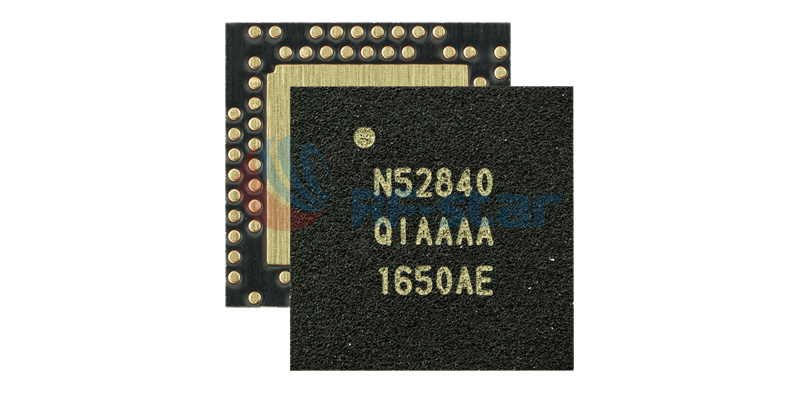
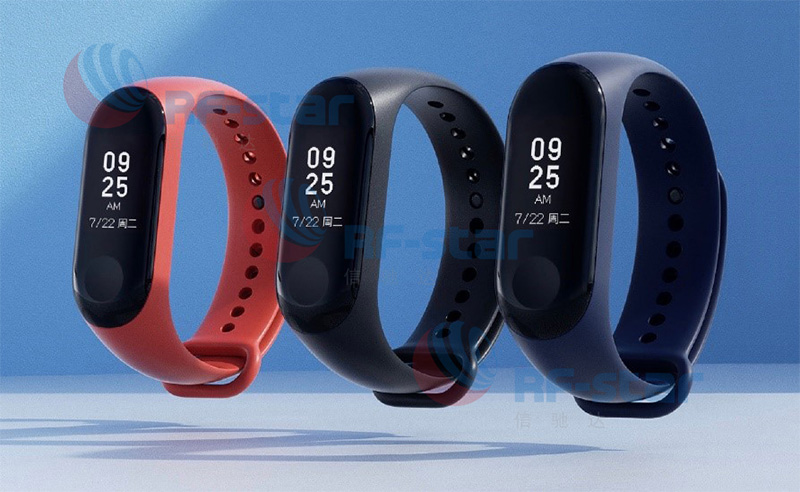
Ao melhorar os parâmetros de desempenho dos chips, os principais fabricantes de chips Bluetooth começaram a melhorar e aperfeiçoar a linha de produtos para diferentes necessidades de posicionamento do produto. A tendência do mercado de Bluetooth mudou sutilmente. Ao mesmo tempo em que satisfazem as aplicações do mercado de alto nível, os fabricantes também começaram a conquistar a participação no mercado de baixo custo.
Diálogo
Baixo custo. Por outro lado, a Dialog lançou um chip DA14531 de baixo custo, que conquista ainda mais a participação de mercado de pulseiras de baixo custo.
Alta performance. Em 14 de novembro de 2019, a Nordic anunciou o lançamento do primeiro membro da próxima geração de chips da série nRF53 - SoC multiprotocolo high-end nRF5340 , projetado com processador ARM Cortex-M33 dual-core, com 1 MB Flash, 512 KB RAM, para atender às necessidades de cenários de aplicativos funcionais complexos.
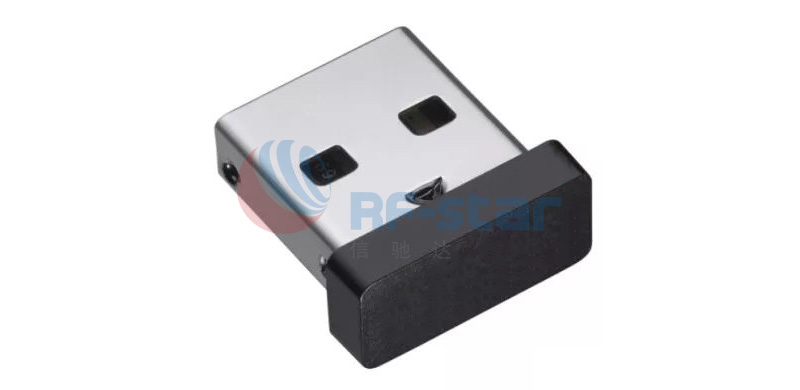
Alta performance. A TI lançou os chips multiprotocolo CC1352 e CC2652 para casa inteligente .
Baixo custo. Em termos de chips de baixo custo, a TI lançou o CC2640L para fornecer mais opções para usuários que buscam economia.
Desde o momento em que os chips BLE não eram populares no mercado até agora, quando os produtos de chip são subdivididos em cada demanda de aplicação funcional, existem vários fabricantes no mercado de chips BLE, e cada um tem suas próprias características. Até agora, a participação de mercado do Bluetooth é Nordic, Dialog e TI. Exceto por essas três empresas, ST e Silicon Labs têm uma pequena participação de mercado devido à sua entrada tardia no mercado BLE.
Os chips da China estão florescendo
